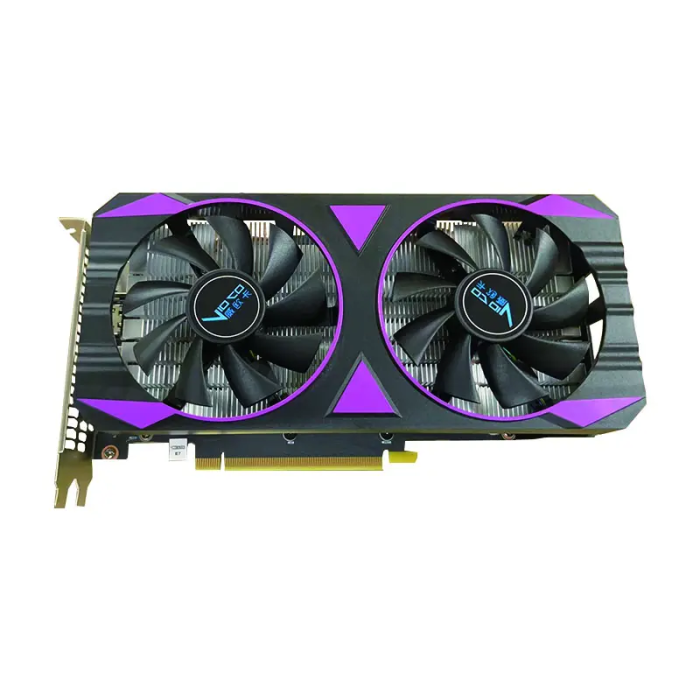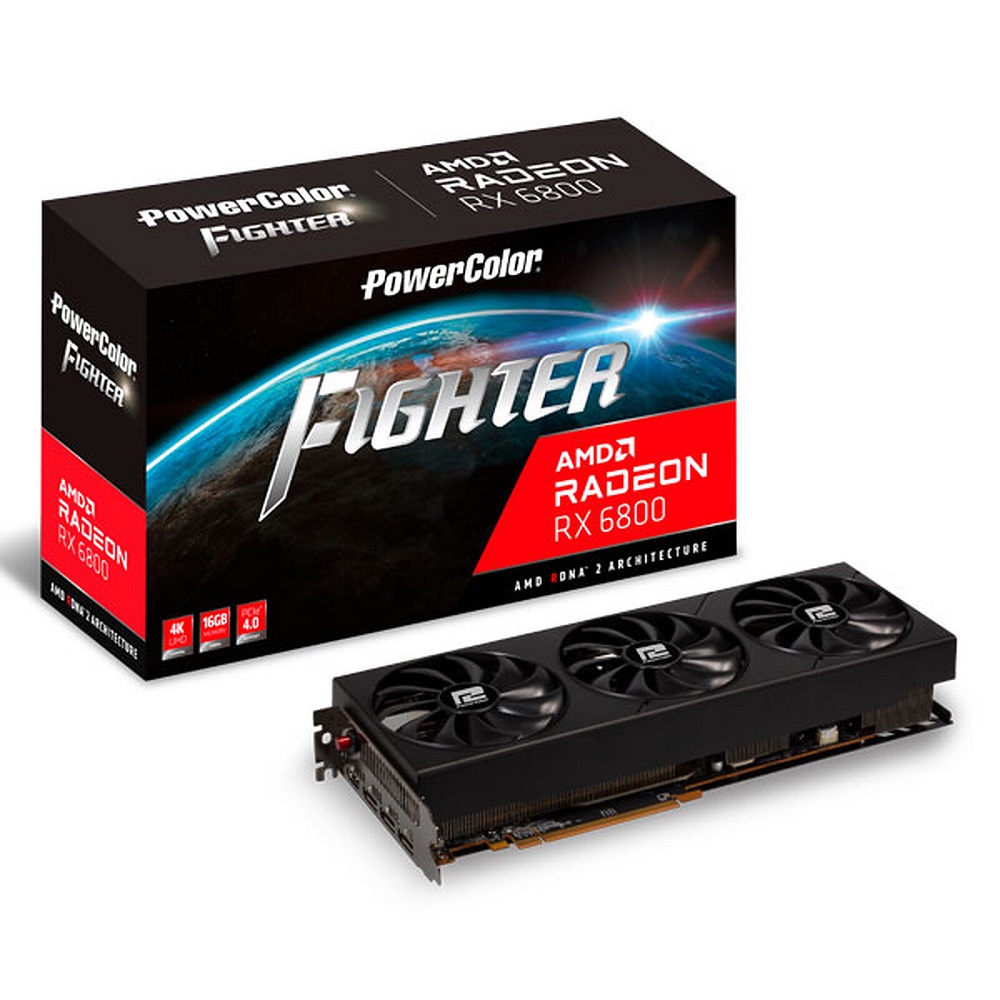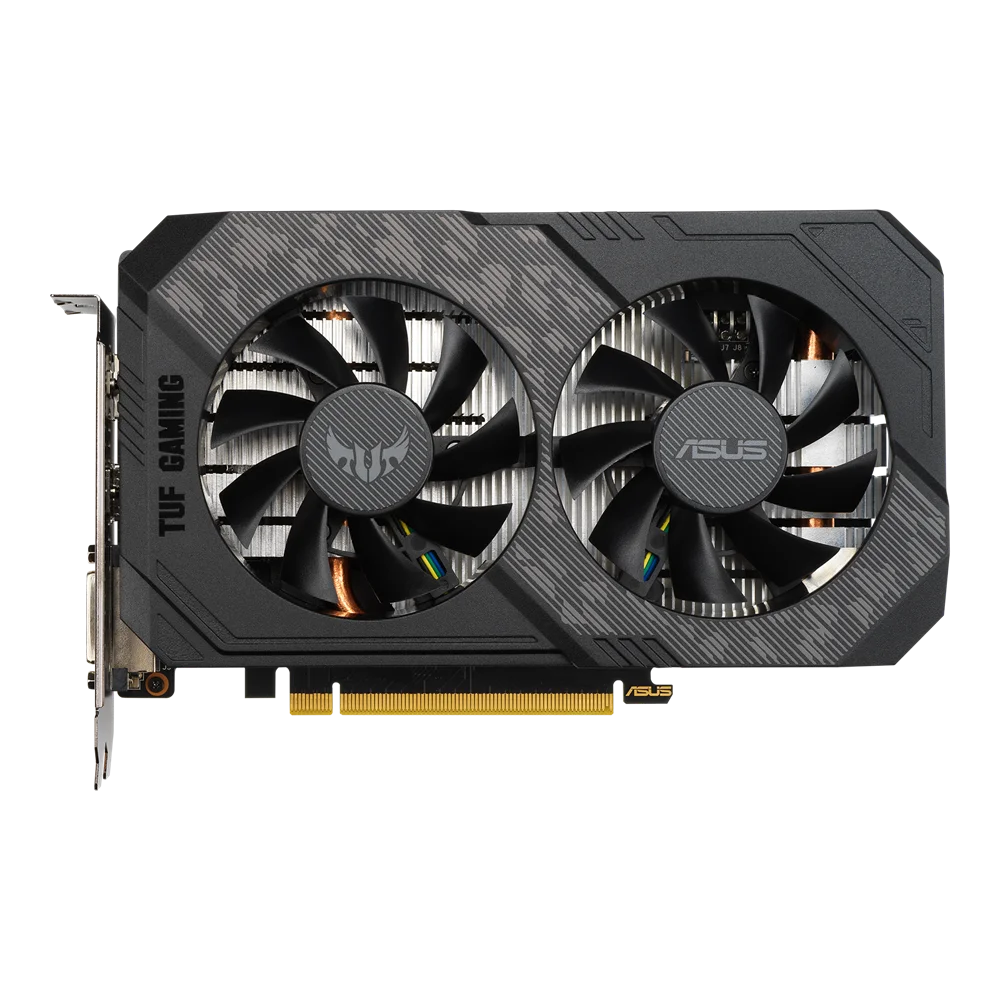In today’s digital age, a powerful graphics card is essential for various tasks, including gaming, video editing, and graphic design. While desktops typically allow for easy graphics card upgrades, laptops are more complicated due to their compact designs. Many laptops feature integrated graphics that cannot be replaced, while others have dedicated graphics cards that can be upgraded. How to change graphics card on laptop? This guide will provide a comprehensive step-by-step process on how to chang graphics card on laptop, highlighted by careful preparation and execution.
Understanding Your Laptop’s Graphics Capabilities
Integrated vs. Dedicated Graphics
How to change graphics card on laptop? Before attempting to change the graphics card in your laptop, it is essential to understand the difference between integrated and dedicated graphics. Integrated graphics are built into the laptop’s CPU, sharing resources with the system memory. These graphics are suitable for basic tasks, such as web browsing and document editing, but may struggle with more demanding applications like gaming or 3D rendering.
On the other hand, dedicated graphics cards have their own video memory and processing power. They are designed to handle intensive graphical tasks. With many laptops, the graphics card is located on the motherboard. In some models, users might be able to replace this component; however, in others, it is soldered directly to the motherboard, making upgrades virtually impossible.
Checking Compatibility
Before proceeding, check your laptop’s specifications to determine if it allows for an upgrade. Identifying the make and model of your laptop can help you find relevant information online. Check the manufacturer’s website or trusted tech forums to confirm whether your specific model supports graphics card upgrades.
Additionally, consider the requirements of the new graphics card you want to install. Ensure it is compatible with your laptop’s power supply, cooling system, and physical dimensions. Proper research will ensure a smooth upgrade process without encountering unexpected obstacles later.

Preparing for the Upgrade
Gather Necessary Tools
Successful upgrades require the right tools. Before starting, gather the following items:
- Screwdrivers: Depending on your laptop, you may need Phillips-head or Torx screwdrivers to remove the back cover and the existing graphics card.
- Anti-static wrist strap: This will protect your laptop’s components from static electricity, which can cause damage.
- New graphics card: Select a compatible graphics card based on your initial research.
- Thermal paste: If your upgrade involves removing the heatsink, you’ll need thermal paste for reapplication.
Having these tools readily available will help streamline the process and minimize downtime during your upgrade. Always work in a clean, well-lit environment to reduce the risk of losing small components.
Back Up Important Data
Before any hardware changes, it is wise to back up your important files and data. While changing the graphics card typically does not affect the operating system or data stored on your hard drive, it is better to be safe than sorry. Create a full backup using external storage or cloud storage services to ensure your vital information is secure.
Consider taking note of your laptop’s current settings or configurations that you might want to replicate after the upgrade. Documenting any personalized setups will save time when reconfiguring your laptop after installation.
Disassembling the Laptop
Remove the Laptop Battery and Power Source
Before you start disassembling your laptop, ensure it is powered off and disconnected from any power source. For safety reasons, unplug the power cable and disconnect any external devices. If your laptop has a removable battery, take it out to reduce the risk of electrical shock during the upgrade.
If your laptop features a non-removable battery, make sure to power down the laptop completely before proceeding to the next steps. Avoid performing the upgrade with the laptop still powered on, as this can lead to short-circuiting and other damage.
Access the Graphics Card Compartment
Once the laptop is powered down and the battery is removed, it is time to access the graphics card compartment. Most laptops have an access panel located on the bottom of the device. Use the appropriate screwdriver to remove the screws keeping this panel secure.
In some cases, you may need to remove the entire bottom casing to access the graphics card. Take your time and refer to your laptop’s service manual, if available, for specific instructions regarding disassembly. Carefully remove any connections or cables that hinder access to the graphics components.

Removing the Existing Graphics Card
Identify the Graphics Card Location
After successfully accessing the graphics card compartment, identify the existing graphics card within the laptop. In most laptops, it will either be in a dedicated slot or integrated on the motherboard. If your laptop has a dedicated slot, removal should be straightforward.
If the graphics card is soldered onto the motherboard, unfortunately, you won’t be able to replace it without advanced skills in motherboard soldering. Thus, only proceed with removing the graphics card verified to be upgradeable.
Detach the Graphics Card
To remove the graphics card, first disconnect any cables or connectors attached to it. Carefully unscrew any screws securing the card in place. With the screws removed, gently grasp the card and pull it out of its slot. Be cautious to avoid bending any components or causing damage to the surrounding parts.
If the card feels stuck, ensure that no additional screws or clips are securing it. It is best to apply even pressure and leverage rather than yanking or forcing the card out. Patience during this step is important to prevent damage.
Installing the New Graphics Card
Prepare the New Card
Before installation, prepare the new graphics card by checking for any protective coverings on the contacts. If there are any, carefully remove them. Ensure that the card is clean and free from dust or debris that could affect connectivity.
If needed, apply a thin layer of thermal paste to the GPU surface. Thermal paste promotes effective heat transfer between the GPU and heatsink, crucial for optimal performance. Spread a small amount evenly across the surface using a plastic tool or your finger, if comfortable, but avoid overdoing it. Too much thermal paste can lead to excess heat or interference.
Install the New Graphics Card
Align the new graphics card with the designated slot in the laptop. Carefully insert the card at an angle if necessary. Once properly aligned, press down firmly but gently until you hear a click, indicating it is securely seated in the slot.
Insert any screws that were previously removed to secure the card in place. Ensure all connectors are firmly attached, and check for any additional cables that need reconnecting. This final check is crucial to ensure that the card is properly connected and ready for operation.
Reassembling the Laptop
Replace the Access Panel or Case
With the new graphics card successfully installed, it is time to reassemble the laptop. Begin by replacing the access panel or bottom casing you previously removed. Use the same screws to secure it in place, ensuring that everything fits snugly.
Following reassembly, it is wise to double-check your work. Ensure that no components are left loose and that all cables are correctly reconnected. Missing connections can lead to operational issues or boot failures.
Reinsert the Battery and Power Up
After reassembling the laptop, reinsert the battery if it was removed. Ensure all screws are tight and that the laptop is in a stable position. Plug in the device and power it up. If all components have been installed correctly, the laptop should boot up without issue.
At this point, check in the device manager to confirm that the new graphics card is recognized. If it appears without any errors, congratulations! Your upgrade has been successful. If the card does not show up or there are issues, revisit the previous steps to ensure that everything was installed correctly.

Testing and Troubleshooting
Update Drivers
Once your laptop is running with the new graphics card, the next step is to install or update drivers specific to the new hardware. Proper drivers are crucial for ensuring optimal performance and functionality. Visit the manufacturer’s website to download the latest drivers.
Follow the installation prompts to ensure the drivers are set up correctly. After installation, restart your laptop to finalize the updates and enable the graphics card.
Performance Testing
After updating the drivers, it is time to test your new graphics card’s performance. Run applications or games that utilize graphic resources to evaluate performance improvements. Pay attention to load times, frame rates, and visual quality.
In case of any issues, such as crashes or poor performance, you may need to revisit the installation process or troubleshoot driver issues. Check the manufacturer’s website again for any additional updates or troubleshooting tips.
Conclusion
How to change graphics card on laptop can enhance performance and extend the device’s lifespan. While not every laptop supports a dedicated graphics card upgrade, understanding how to check compatibility, perform the upgrade, and ensure proper functionality is vital for successful implementation.
By following this step-by-step guide, you can confidently tackle the upgrade process and take full advantage of improved graphics performance. Remember that preparation is key, from gathering necessary tools to backing up data before beginning. With patience and care, you’ll find that enhancing your laptop’s graphics capabilities is not only achievable but also highly rewarding. Embrace technology, unleash your creativity, and enjoy the benefits of a powerful graphics card for your laptop!
